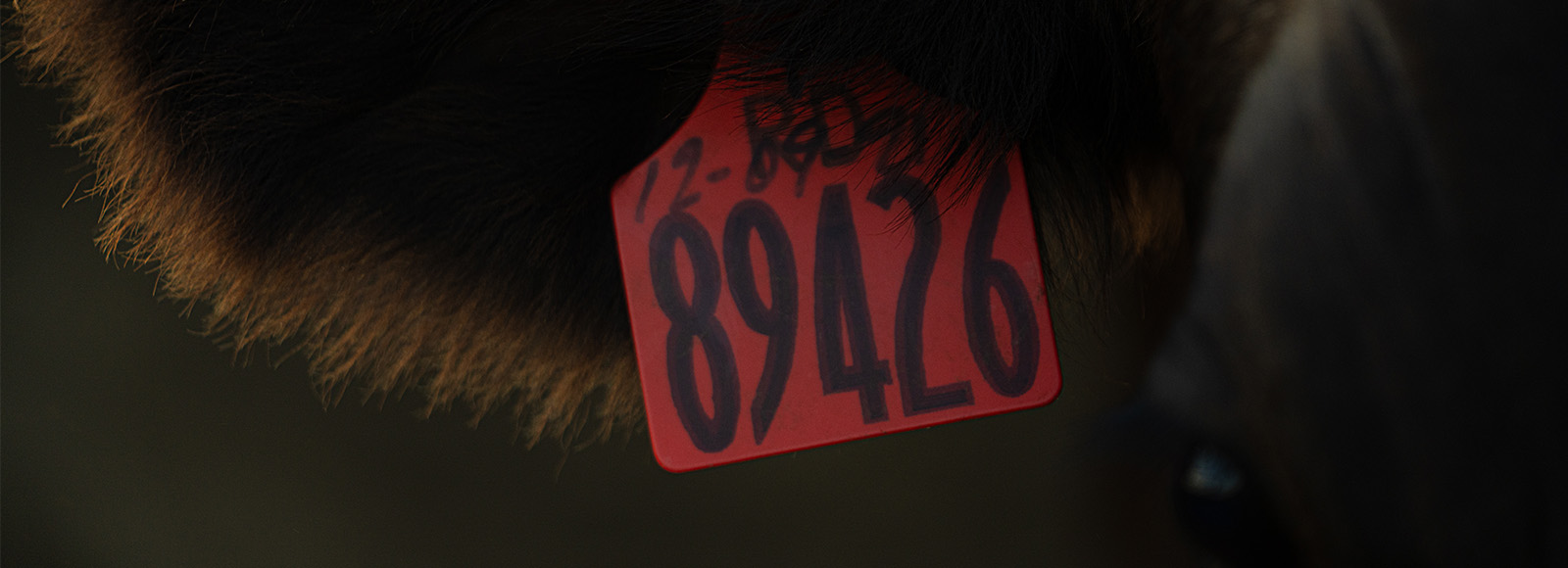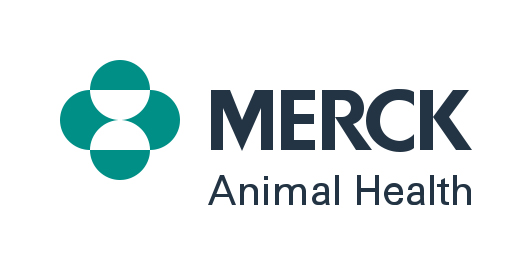
Frequently Asked Questions: Identification





Make informed management decisions
Learn from these commonly asked questions about simple identification solutions to safeguard your herd’s health and improve productivity.
Visual tags
Ear tags are essential for identifying, tracking and managing animals, plus accurate recordkeeping. Visual ID ear tags are a common form of identification because they are cost-effective and visible.
When selecting visual ID ear tags, producers should consider:
- The amount of information desired on the tag may impact the ideal size and shape.
- If you prefer to handwrite tags or purchase custom or tags preprinted with numbers.
- If single or multiple colors of tags are needed.
- Ease of application, which depends in part on the tag applicator.
- Size of animal that is being tagged (smaller tags are designed for calves; larger tags are for mature animals).
Tags should be the shape and size to accommodate the information you need on tags, while still being legible from a distance. Tag size also should reflect the size of animal being tagged. Smaller tags are designed for calves; larger tags are for mature animals. Lighter color tags, such as yellow, white, green, pink or blue offer good contrast with black printing.
There are steps you can take to ensure tagging is effective and easier on the animal and caregiver.
It is helpful to use the correct applicator with the correct tags. If you are using ALLFLEX tags, use an ALLFLEX applicator because it is designed exactly for that brand of tags. Check the applicator to be sure it’s in good working order. Lightweight, ergonomic applicators are available and more comfortable to use.
To prevent infection, clean the ear area, wash hands and use gloves, clean the tagger with alcohol or other disinfectant, and place equipment on a hygienic surface.
It is important to properly restrain animals. If tagging calves, keep them away from the cow to prevent the mother interfering with the process. Gently position the calf’s head to allow access to the ears. Often the best way is to position the head between your legs, facing your head in the same direction as the calf’s. If tagging older animals, restrain them in a chute.
Proper tag placement is important for retention. Place two-piece bangle tags in the middle third of the ear between the second and third rib. That brings the panel tag out from the ear hair and makes it visible. If you’re adding an electronic identification (EID) tag, put it about an inch away from the panel tag in the inner third of the ear.
Applicators
When selecting a tag applicator, consider the type of tags you want to apply, the applicator’s design, and how it will affect the animal and the user. A tag applicator should match the brand of ear tag because they are designed to work together.
The UTT3S applicator is a lightweight applicator with an easy-squeeze mechanism that requires very little force to apply devices. It can be used to apply ALLFLEX two-piece ear tags, including ALLFLEX two-piece visual identification tags (VID), and ALLFLEX two-piece electronic identification tags (EID).
The ALLFLEX A-Tag™ V2 Applicator is used to apply the one-piece ALLFLEX A-Tag. It speeds loading and requires less force to tag cattle during arrival processing,
EID tags
Electronic ID (EID) tags use Radio Frequency Identification (RFID) technology and are required for interstate cattle movement.
Each EID tag has a unique, 15-digit number printed on it, plus the number can be read by scanning the tag with an EID reader. The tags are designed to last for the animal’s lifetime.
EID tags can provide quicker, more accurate information about your cattle herd.
EID tags:
- Typically have longer retention because of their small button design.
- Can be scanned by an EID reader so number doesn’t have to be visible.
- Can improve recordkeeping by scanning EIDs and applying records, such as vaccinations, treatments, deworming, animal performance or pasture locations.
- Simplify recordkeeping by compiling multiple types of data in one place.
- Speed disease traceability when necessary.
- Can be utilized in conjunction with other equipment to track weights.
- Improved access to animal information can enable quicker and better decisions.
EID tags can help manage many types of data, including: age, sex, weight/performance, animal health, reproductive, genetic, body condition score, locations/movements and more.
If you are managing classes of cattle that require official EID tags for interstate travel and Animal Disease Traceability, you will need to register for a premises identification number (PIN) if you do not already have one.
A PIN is available at no cost, but is a requirement for ordering USDA EID tags, which start with 840. A PIN is not required to order commercial EID tags.
The next steps are to order tags, an applicator and tag reader.
Tags:
Half Duplex (HDX) tags are high-performance tags that use half-duplex technology while Full Duplex (FDX) tags are standard tags that use full-duplex technology. Both HDX and FDX follow the ISO standard and can be read by the same EID readers.
HDX tags are better able to transmit through metal interference, such as metal and steel objects. FDX is good when read range is not an issue.
Applicator:
The UTT3S applicator can be used to apply ALLFLEX two-piece ear tags, including ALLFLEX two-piece electronic identification tags (EID).
Reader:
A reader is used to scan the tags and store data. An ALLFLEX AWR300 EID Stick Reader features 8 GB memory for up to 1 million records.
Then, start recording data and integrating it with your herd’s management program.
There are new EID rules for livestock moving across state lines. Read this article to bring clarity to new tagging requirements.
DNA testing
Genomic testing enables cattle producers to better manage breeding outcomes, elevate calf quality and increase reproductive efficiency.
To help producers use genetic testing, ALLFLEX Tissue Sampling Units (TSU) make DNA collection faster, cleaner and easier than blood drops or hair follicles, which can be messy and easily cross contaminated.
Allflex Tissue Sampling Units involve the deposit of a small ear punch into a vial, which seals the tissue in a liquid preservative and identifies it with a unique barcode. It takes mere seconds at chute side and is much like tagging an animal.
Cattle Producers:
Merck Animal Health is Here to Help
Always work with your local veterinarian who knows your goals and health challenges in your area.

Explore the complete line of identification solutions from Merck Animal Health

